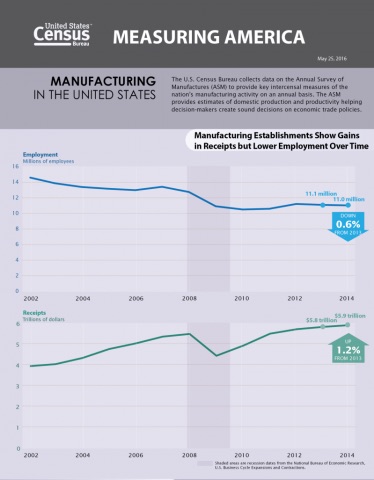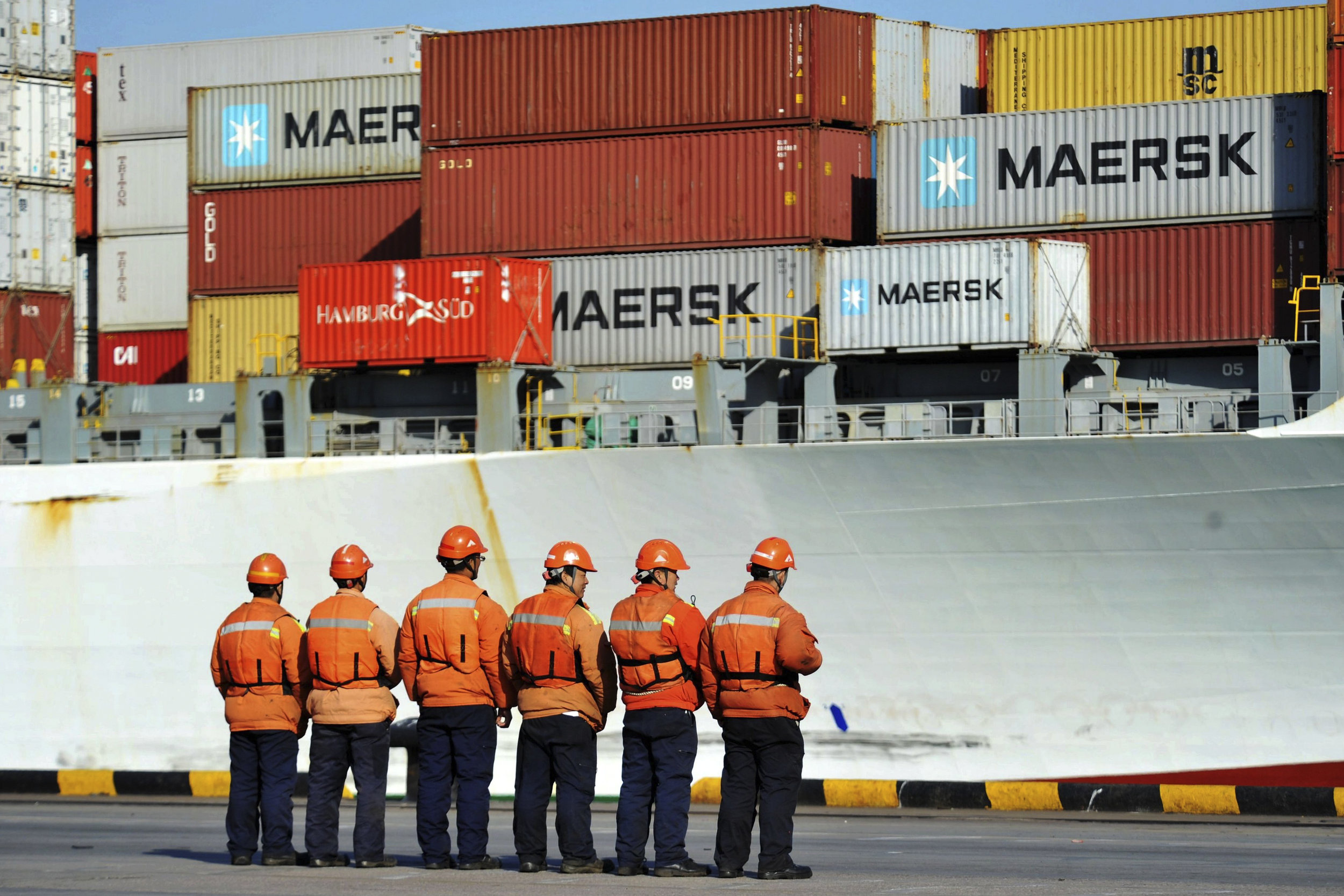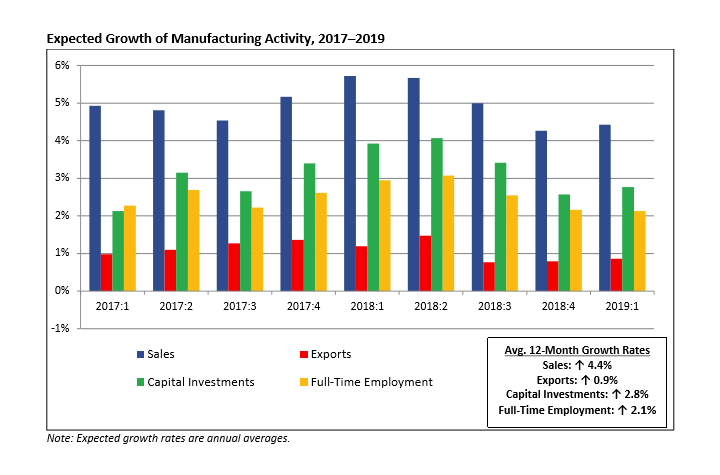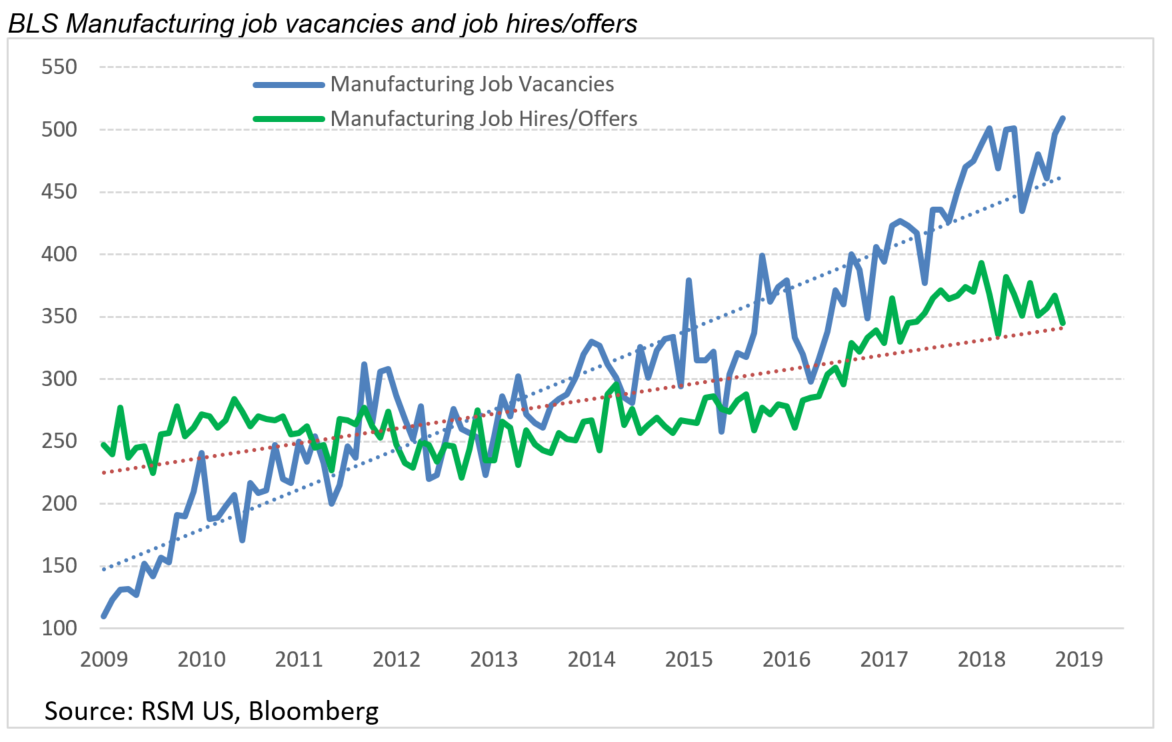See This Report about American Manufacturing
There are 3 extra Do D-led institutes currently in the competition procedure. Picking Additive Manufacturing as its very first innovation focus location, in Might 2012, the Do D, through a full and open competition, granted the National Ingredient Manufacturing Innovation Institute, now call America Makes. Due to the success of this preliminary pilot institute, the vision for the Manufacturing U.S.A. has increased considerably.
The DOE is leading two of the 5 established institutes, and is in the competitors process for one extra topic. Although very similar in nature to Do D institutes, the DOE institutes have a focus on tidy energy. AFFOA is working to enable a manufacturing-based transformation by changing conventional fibers, yarns, and materials into highly sophisticated, integrated and networked gadgets and systems.

America Makes is a national accelerator and the nation's leading collective partner for innovation research study, discovery, creation, and innovation in additive manufacturing and 3D printing. The ARM Institute's objective is to produce and then deploy robotic technology by incorporating the varied collection of market practices and institutional knowledge throughout lots of disciplines-- sensing unit innovations, end-effector development, software and expert system, materials science, human and maker habits modeling, and quality control-- to realize the pledges of a robust manufacturing development community.

Smart Production works to spur advances in wise sensing units and digital process controls that can drastically enhance the performance of U.S. advanced manufacturing. IACMI is committed to speeding up development and adoption of advanced manufacturing technologies for affordable, energy-efficient production of sophisticated polymer composites for cars, wind turbines, and compressed gas storage.
Next Flex takes crucial steps towards enhancing U.S. development and adoption of the versatile hybrid electronics that will change the method we live, work and play. Power America is speeding up the adoption of advanced semiconductor components made with silicon carbide and gallium nitride into a vast array of items and systems.

The REMADE Institute focuses on driving down the expense of innovations necessary to recycle, recycle and remanufacture products such as metals, fibers, polymers and electronic waste.
Manufacturing in the U.S. has often been assumed to be in long-term decrease, with the competitive benefit moving to low-cost countries such as Mexico and China. However, with sophisticated technologies likely to automate as much as 60% of factory tasks, in the future low-priced countries might no longer enjoy a competitive benefit, and the U.S.

Still, the U.S. requires to be more aggressive in establishing and adopting robotic innovations, according to Justin Rose, a partner and managing director in the Boston Consulting Group's Chicago workplace. "If we wish to stay a manufacturing powerhouse, I really see this as the only option. And the U.S. needs to lead here.


A Biased View of Manufacturer
In a conversation with Knowledge@Wharton, Rose, who leads the operations and digital clients practice for BCG's industrial customers globally, talks about the future of U.S. production and other associated issues. An edited records of the conversation follows. Knowledge@Wharton: Could we start by discussing your own background? How did you get thinking about American manufacturing and its future? Justin Rose: Maturing, I was always thinking about big issues like geopolitics, energy, environment and so on.
I was blown away at the intricacy and sophistication of producing properties. A lot of people think of manufacturing as hard, unclean labor-- but what I saw was elaborate, sophisticated operations. And I realized that for numerous things worldwide that I desired to take place, products needed to be made to enable it.
Knowledge@Wharton: The conventional view is that producing in the U.S. has been in long-term decrease, and that competitive benefit in this market has actually transferred to nations like Mexico and China. Do you think that point of view is still legitimate or is it out of date, and why? Rose: It is both valid and outdated.
It is dated in the sense that the U.S. still has an extremely growing production sector with more than $4 trillion in yearly output. In aggregate, we produce the huge bulk of what we consume in the country. What's altered in the U.S. is that our focus now is various.
While that shift has hurt in lots of parts of the country, it is not always a bad thing. We just require to make certain that we support our workers so they can continue to support their households and communities. Knowledge@Wharton: Because you look at what is taking place in producing from a global lens, how have altering cost structures modified the map of global manufacturing? Rose: For the last thirty years, people have actually discussed the globalization of supply chains.
There are three primary reasons. Initially, expenses are night out worldwide. In 2004, in say, China, they were about 15% less expensive typically from a manufacturing cost viewpoint than the United States. The typical wage for a manufacturing labor was less than a dollar an hour. There weren't any safety or environmental requirements to mention.

Now China is only about 5% cheaper, and that doesn't consist of the additional cost of shipping goods throughout the Pacific to U.S. customers. Second, there are clearly trade stress, and deliberate reordering from "totally free trade" to something that we refer to as managed trade. So, you see things like Brexit having an effect, the Trans-Pacific Collaboration, USMCA [United States-- Mexico-Canada Agreement], and so on.
And probably most intriguing is the forward-looking perspective, which is everything about technology. Market 4.0 or advanced production is primarily a set of technologies that permit labor to get eliminated from manufacturing procedures. So, if a country, and let's use China once again, has labor that is 50% cheaper, and a product where 20% of the expense is labor, that implies it would have a 10% expense benefit in general.